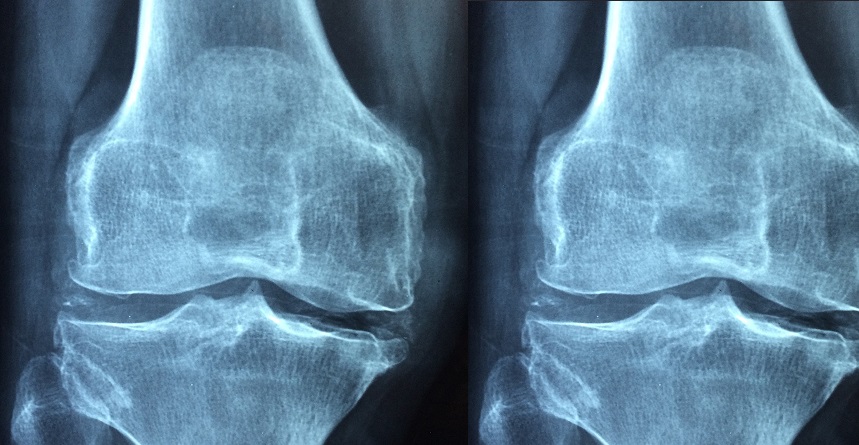Knee replacement surgery is one of the common joint replacement surgeries performed in the world. More than 200,00 people every year in the United States take this surgery to get rid of knee problems. Many patients travel from one place to another for better treatment at an affordable price. There is no secret that good knees are an essential part of a fit and active lifestyle. However, when injury or osteoarthritis and rheumatoid arthritis occurs, your ability to bend and flex your knees can become restricted due to damage, inflammation and pain. Generally people over age 50, easily get affected by that kind of problems. Deterioration of the body joint and adjacent tissue can make it difficult to perform basic daily activities, even while you sit or lie down. As the bone rubs against bone, pain and reduced mobility follow. Hence, it is a surgical procedure to resurface a knee damaged by arthritis that provides dramatic pain relief. More than 90% people, get a permanent solution from their dramatic pain without any side effects and problems. The basic goal of knee replacement surgery is to recur the parts of the knee joint that have been damaged and to reduce knee pain that cannot be controlled by other treatments.
Types of Knee Replacement Surgery:
According to different knee problems, the Surgery differentiates in two different parts: Total and Partial.
- Total Knee Replacement Surgery:
TKR is considered as one of the safest and most effective procedures in orthopedics that makes up about 90 percent of all knee replacement procedures. During this surgery, an expert surgeon can repair your knee joint by covering the thigh bone with a metal and encasing the shin bone with plastic. The under surface of your kneecap can also get replaced with a plastic surface. It can help to reduce the knee pain and provide a smoother functioning joint that makes you able to move around without assistance and resume of your daily activities.
- Partial Knee Replacement Surgery:
During the partial replacement Surgery, your expert surgeon will only replace that part of your knee that’s damaged or arthritic. That procedure involves less bone, less blood loss and consequently, produce less pain. A patient who takes partial knee replacement surgery get recovered in lesser time than patients who take Total knee replacement surgery.
Causes of Knee Replacement Surgery:
There are various causes of Knee replacement surgery such as:
The most common causes of this surgery are knee pain and disability is arthritis.
Osteoarthritis, an age-related "wear and tear" type of arthritis occurs in people over age 50, also cause of knee surgery. In this, the bones rub against one another, causing knee pain and stiffness.
Rheumatoid arthritis in which the synovial membrane becomes inflamed and thickened, is also the reason for knee replacement surgery in some cases.
Post-traumatic arthritis is a serious knee injury, which is the other common causes of this surgery.









